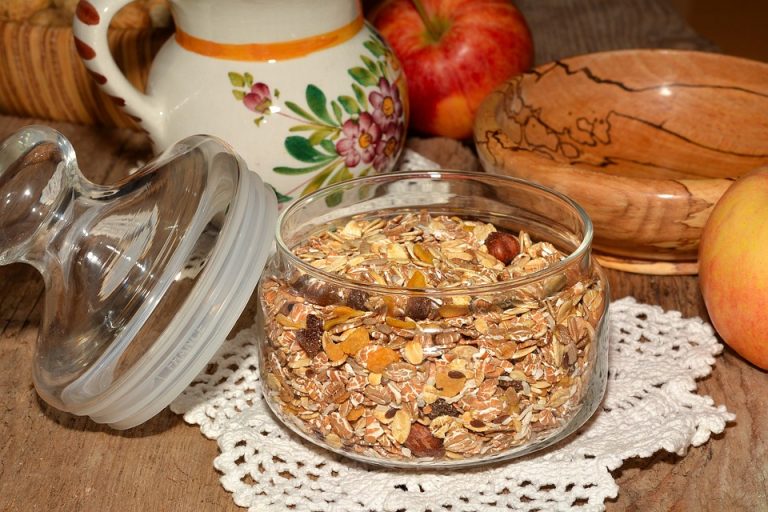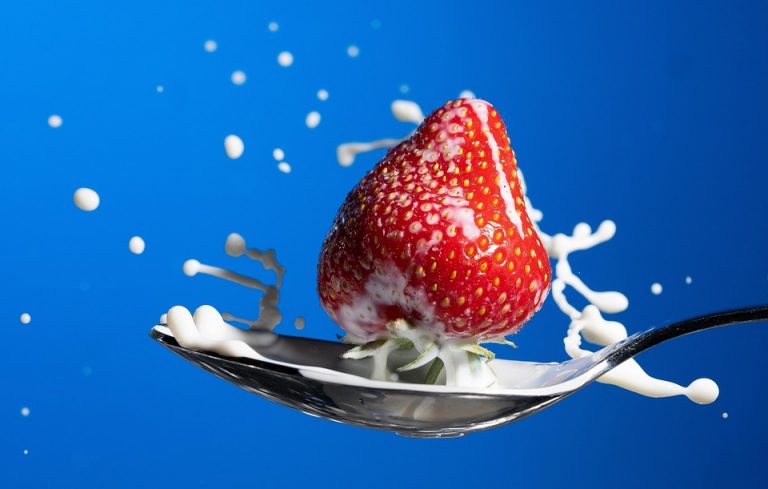Natural remedies for type 2 diabetes can change the way you live with this condition. They are lifestyle choices, foods, and trusted supplements that help your body manage blood sugar, reduce inflammation, and restore energy. This matters because the right approach gives you control—real, tactile control—over your life and your future.
Contents
- What “Natural Remedies For Type 2 Diabetes” Actually Means
- How To Read This Guide
- Seven Natural Remedies For Type 2 Diabetes
- 1. Improve Your Plate: Focused Nutrition
- 2. Move With Purpose: Exercise That Lowers Blood Sugar
- 3. Lose Weight — In A Gentle, Sustainable Way
- 4. Embrace Certain Herbs And Supplements—With Caution
- 5. Try Targeted Foods: Cinnamon, Apple Cider Vinegar, and Fenugreek
- 6. Prioritize Sleep And Stress Management
- 7. Monitor, Adjust, And Partner With Your Care Team
- The Role Of Science And Safety
- A Real-World Routine You Can Start Tomorrow
- When To See Your Doctor Right Away
- Bottom Line
- FAQ
What “Natural Remedies For Type 2 Diabetes” Actually Means
This phrase covers safe, evidence-backed strategies you can use alongside medical care. It does not promise a cure. It promises better blood sugar control, fewer medication side effects for some, and a stronger body. Experts at the American Diabetes Association and peer-reviewed studies support many of these methods, and I’ll point to the research as we go.
How To Read This Guide
I wrote this to be practical. No fluff. Each remedy includes what it does, how to use it, what research says, and safety notes. You’ll find quick wins and habits that matter over months and years.
Seven Natural Remedies For Type 2 Diabetes
Below are seven strategies that I’ve seen change lives. Use them together. They build on one another.
1. Improve Your Plate: Focused Nutrition
Food is medicine when you treat it like medicine. Swap refined carbs for fiber-rich choices. Choose whole grains, legumes, leafy greens, and colorful vegetables.
A diet rich in fiber slows glucose absorption and helps your insulin work less hard. Clinical trials show that Mediterranean-style eating and high-fiber diets improve A1C and cut cardiovascular risk. Practical tip: aim for at least three servings of non-starchy vegetables at lunch and dinner.
Be mindful of portions. Balance protein, fiber, and healthy fats to blunt blood sugar spikes. Try small, strict swaps: white rice to quinoa, sugary cereal to steel-cut oats with nuts and berries.
Safety: If you’re on diabetes medication, monitor glucose closely when changing your diet and talk with your clinician.
2. Move With Purpose: Exercise That Lowers Blood Sugar
Activity is one of the most powerful natural remedies for type 2 diabetes. Exercise increases insulin sensitivity. It helps your muscles use glucose and reduces insulin resistance.
Aim for a mix: strength training two to three times weekly and brisk walking five times a week. Even 20–30 minutes daily makes a difference. Interval training can rapidly improve blood sugar control in a few weeks.
What the research says: Trials show consistent reductions in A1C with combined aerobic and resistance exercise. Translation: you don’t have to run a marathon. You have to show up.
Safety: Start slow if you’re new to exercise. Check with your doctor if you have cardiovascular risk or neuropathy.
3. Lose Weight — In A Gentle, Sustainable Way
Weight loss is a blunt, effective tool. Losing even 5–10% of body weight can lower A1C and sometimes reduce medication needs. It’s a cornerstone among natural remedies for type 2 diabetes because it directly reduces insulin resistance.
Don’t chase crash diets. Choose sustainable plans: portion control, higher protein, reduced refined carbs, and consistent activity. Consider working with a registered dietitian for a tailored approach.
Evidence shows sustained, modest weight loss prevents progression of prediabetes to diabetes and improves control for those already diagnosed. Small wins stack into lasting change.
4. Embrace Certain Herbs And Supplements—With Caution
Some supplements show promise for blood sugar control. Notable examples include berberine, chromium, magnesium, and an extract called cinnamon. These can be part of natural remedies for type 2 diabetes when used carefully.
Berberine has clinical evidence showing improvements in glucose metabolism comparable to some medications in short-term studies. Chromium may help insulin function in cases of deficiency. Magnesium deficiency links to higher diabetes risk; supplementation can help if you’re low.
Do not self-prescribe high doses. Supplements can interact with prescriptions. Talk to your clinician about lab tests and proper dosing. Use third-party tested brands to ensure purity.
5. Try Targeted Foods: Cinnamon, Apple Cider Vinegar, and Fenugreek
Certain foods can blunt post-meal spikes. Cinnamon taken with meals and a small, diluted amount of apple cider vinegar before a carb-heavy meal can slow digestion and lower glucose peaks.
Fenugreek seeds have fiber that slows glucose absorption and have been shown to help in clinical settings. These are not miracles, but they are practical tools within the broader plan of natural remedies for type 2 diabetes.
Safety: Vinegar can erode tooth enamel and upset digestion for some. Use a straw and dilute it. If you take insulin or sulfonylureas, monitor for low blood sugar.
6. Prioritize Sleep And Stress Management
Never underestimate sleep. Poor sleep raises stress hormones that push glucose up. Chronic stress creates inflammation and insulin resistance. Two nights of bad sleep can raise fasting glucose.
Build a sleep routine: same wake time, dark room, quit screens an hour before bed. Add stress tools: short daily breathing sessions, walking, or journaling. Mindfulness and cognitive-behavioral strategies lower cortisol and improve long-term control.
Clinical research links improved sleep and reduced stress with better A1C and lower inflammation. This is a gentle remedy that pays dividends in energy and mood, not just numbers.
7. Monitor, Adjust, And Partner With Your Care Team
Natural remedies for type 2 diabetes work best when you measure and adapt. Use a glucose meter or continuous monitor if recommended. Track how foods, supplements, and activity affect your numbers.
Bring your records to appointments. Ask about medication adjustments as your lifestyle improves. Many clinicians welcome patients who are engaged and bring data. This partnership keeps you safe and helps you reduce risks without guessing.
Practical tools: simple logs, apps that sync glucose with meals, and periodic A1C checks.
The Role Of Science And Safety
I want you to trust what you read. The strategies above are supported by reputable organizations and peer-reviewed studies. The American Diabetes Association outlines lifestyle interventions that improve glycemic control. Large studies from universities and clinical trials back exercise, weight loss, and certain dietary approaches.
That said, “natural” doesn’t mean harmless. Herbs and supplements can interact with drugs. Rapid weight loss or extreme dieting can be dangerous. That’s why I say: combine these natural remedies for type 2 diabetes with medical oversight.
A Real-World Routine You Can Start Tomorrow
Here’s a simple 7-day kickstart you can actually follow:
- Day 1–2: Clean out processed carbs. Stock whole grains, beans, greens, and lean protein.
- Day 3: Add 20–30 minutes of brisk walking and a brief strength session (bodyweight squats, push-ups).
- Day 4: Introduce a fiber-rich breakfast and a half-portion swap at lunch.
- Day 5: Add a 10-minute evening relaxation routine—deep breathing or guided meditation.
- Day 6: Try cinnamon with breakfast and a small apple-cider vinegar drink before dinner.
- Day 7: Review your glucose numbers, note trends, and plan the next week with small, measurable goals.
This rhythm builds confidence. It lets you see progress quickly. It also reduces overwhelm.
When To See Your Doctor Right Away
If you experience very high readings, ketones, sudden vision changes, chest pain, or severe fatigue, seek urgent care. If you start supplements or change diet significantly, loop in your clinician. Safety first.
Bottom Line
Natural remedies for type 2 diabetes are practical, evidence-backed ways to lower blood sugar, reduce medication needs for some people, and improve overall health. They work best when combined: smart nutrition, movement, sleep, stress control, and selective supplements under medical supervision. Start small, measure what matters, and partner with your medical team. You can reclaim energy and confidence, one daily choice at a time.
Be kind to yourself. Progress is what counts.
FAQ
Can natural remedies replace my medication?
Not without your doctor’s guidance. For some, lifestyle changes reduce medication needs, but never stop or change doses without medical supervision.
Which supplements are most effective?
Berberine, magnesium, and chromium have shown benefits in studies, but results vary. Test for deficiencies and discuss interactions with your clinician before starting any supplement.
How long before I see results?
Some changes—like lower post-meal spikes—can show in days. Changes in A1C take months. Sustainable progress happens over weeks and becomes durable over months.
Are there risks to “natural” approaches?
Yes. Supplements can interact with drugs. Rapid weight loss or extreme diets can cause harm. Monitoring and medical oversight reduce risk.
Visual line and paragraph above to separate content.
References
The American Diabetes Association provides clinical guidance and lifestyle recommendations for managing type 2 diabetes (http://www.diabetes.org).
The National Institutes of Health offers research summaries and information on the effects of diet and physical activity on diabetes (http://www.nih.gov).
The Centers for Disease Control and Prevention discusses lifestyle strategies and prevention for type 2 diabetes (http://www.cdc.gov).








